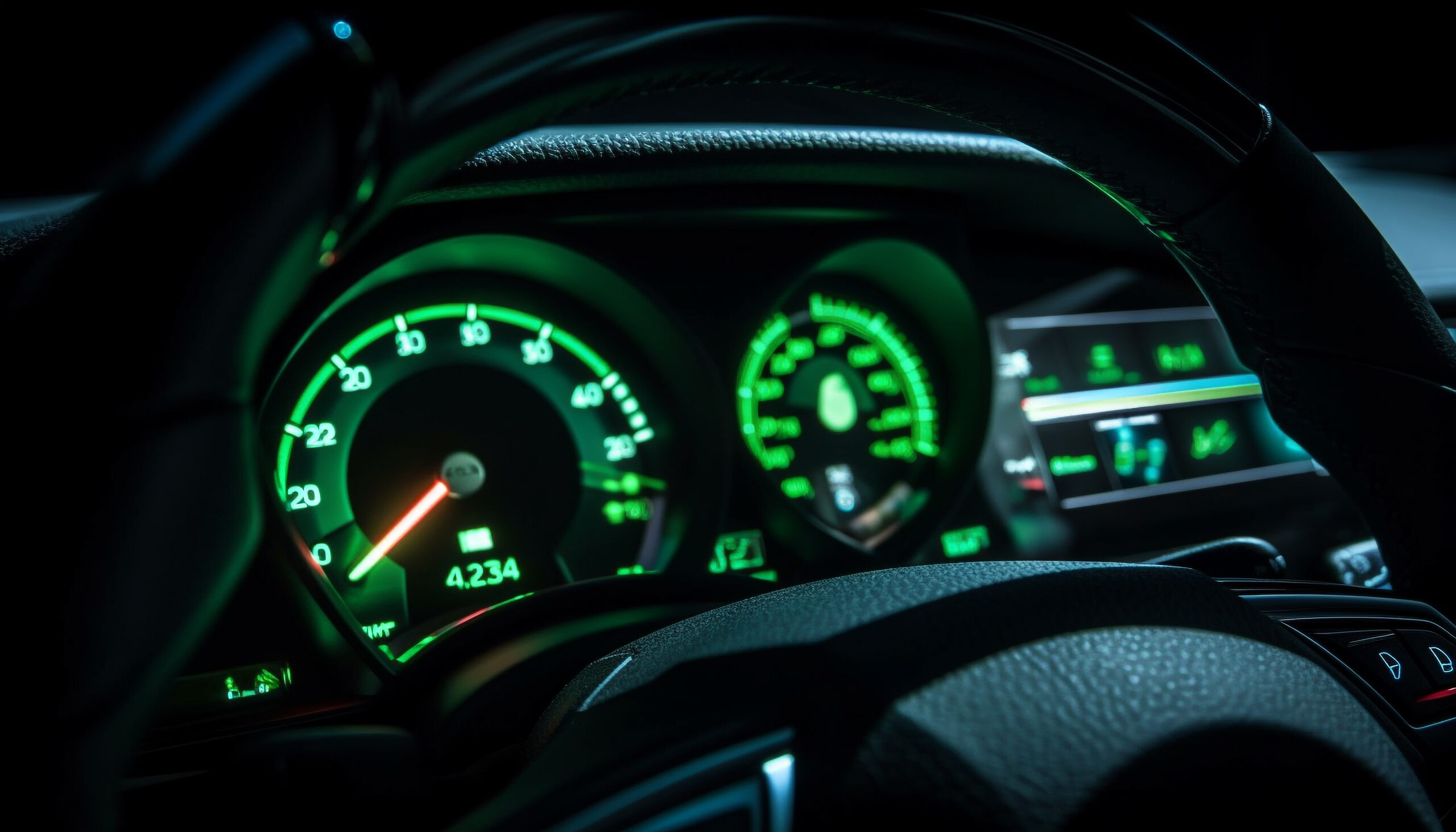The auto start/stop system has become a popular feature in many modern vehicles. It is designed to automatically turn off the engine when the vehicle comes to a complete stop, such as at a traffic light, and restart it when the driver releases the brake pedal. This system helps save fuel and reduce emissions. However, like any technology, the auto start/stop system can experience issues that trigger warning lights. In this article, we will discuss some common problems associated with auto start/stop system warning lights.
- Insufficient Battery Charge:
One of the primary reasons for auto start/stop system warning lights is a low battery charge. The auto start/stop system relies on a robust battery to power the automatic engine start. If the battery charge is low or weak, the system may not function properly, and the warning light may illuminate. This can happen if the vehicle has been idling for an extended period, or if there is a problem with the battery or charging system.
Solution: Ensure that your vehicle’s battery is in good condition and has sufficient charge. If the battery is old or weak, consider replacing it. Regularly driving the vehicle for longer periods or using a battery charger/maintainer can help keep the battery charged and prevent warning light activation.
- Engine or Ambient Temperature:
Extreme engine or ambient temperatures can affect the operation of the auto start/stop system. In very cold conditions, the system may disable itself to ensure the engine remains running for optimal performance and to provide heat. Similarly, in extremely hot conditions, the system may be deactivated to prevent overheating of the engine components.
Solution: Understand that the auto start/stop system may not function in extreme temperature conditions. The warning light activation in these situations is normal and not indicative of a problem. Allow the engine to run until it reaches a suitable operating temperature, or adjust the vehicle’s climate control settings accordingly.
- Faulty Sensors or Components:
Faulty sensors or components within the auto start/stop system can cause warning lights to illuminate. Sensors that monitor brake pedal position, battery voltage, or other parameters may malfunction, leading to the system being disabled and the warning light turning on. Additionally, issues with related components, such as the starter motor or engine control module, can also trigger the warning light.
Solution: When the auto start/stop warning light activates, it is recommended to have the vehicle inspected by a qualified technician. They can diagnose the specific cause of the warning light using specialized diagnostic tools. Faulty sensors or components will need to be replaced to restore proper functionality of the auto start/stop system.
- Incompatible Driving Conditions:
Certain driving conditions may not be suitable for the auto start/stop system to operate. The system may disable itself during specific situations, such as when the vehicle is towing, driving uphill, or carrying a heavy load. These driving scenarios require continuous engine power and may lead to the warning light being illuminated.
Solution: Understand that the auto start/stop system may be disabled in certain driving conditions. This is normal and does not indicate a problem. Familiarize yourself with the vehicle’s user manual to understand the driving conditions under which the system may be deactivated.
The auto start/stop system is a beneficial feature that can enhance fuel efficiency and reduce emissions. However, it is important to be aware of the common problems associated with auto start/stop system warning lights. Issues such as insufficient battery charge, extreme temperatures, faulty sensors or components, and incompatible driving conditions can trigger warning lights. By understanding these potential problems and following the recommended solutions, you can address issues and ensure the proper functionality of your vehicle’s auto start/stop system. If the warning lights persist or you are unsure about the cause, it is advisable to consult a qualified automotive technician who can diagnose and resolve the problem effectively.











